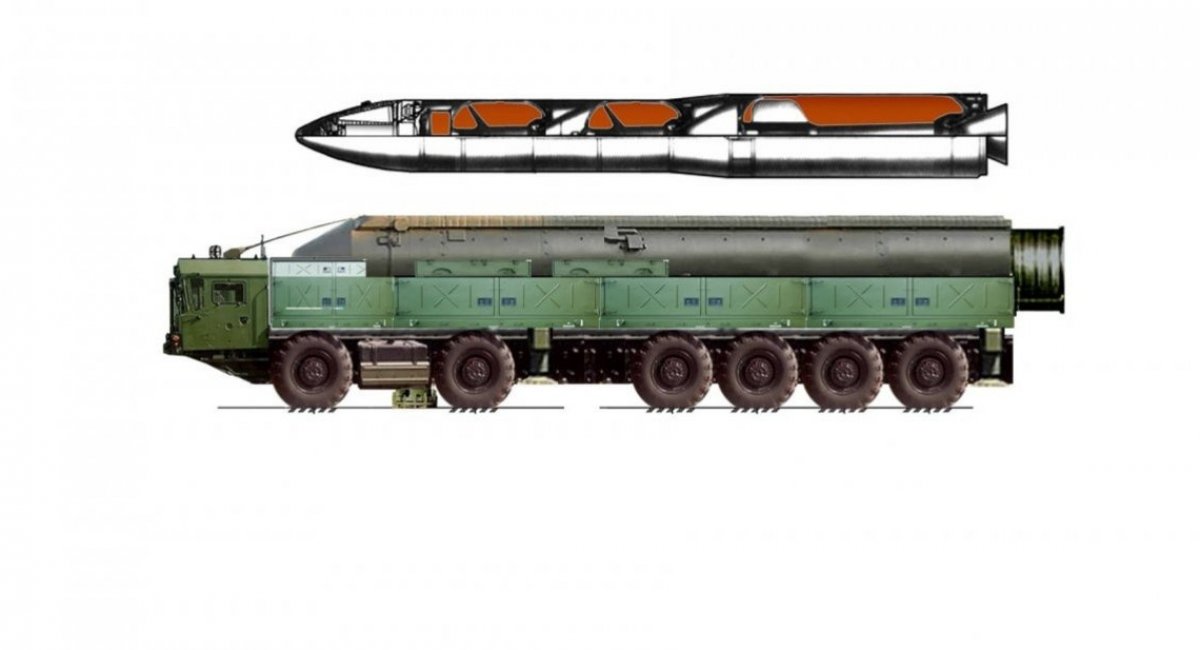Media outlets are reporting a statement by Kremlin leader vladimir putin, claiming that russia used a new medium-range ballistic missile, referred to as "Oreshnik," in a strike on Dnipro, allegedly as a test launch.
It is reasonable to assume that putin's statement was primarily intended to intimidate the West and deter further defensive support for Ukraine. This raises a direct question: what exactly is this missile referred to as Oreshnik?
Read more: What is the RS-26 Rubezh Intermediate-Range Missile and Can the russians Really Launch It

Notably, no publicly available information exists about a russian missile designated as Oreshnik. Instead, there is ample evidence of the Kremlin's penchant for inventing names for so-called "superweapons."
One relevant example is the Zmeevik project. In the summer of 2022, russian propaganda outlets announced this as a long-range anti-ship missile project, allegedly comparable to China’s DF-21D and DF-26 ballistic missiles. However, by the fall of 2023, reports suggested that work on Zmeevik had been discontinued, and no additional information ever emerged about the project. This suggests Zmeevik likely existed only in russian propaganda narratives, perhaps as a cover for real russian projects involving medium-range ballistic missiles.

Returning to putin’s statement about Oreshnik, we can hypothesize the following:
1. Internal Naming Ambiguity:
The name "Oreshnik" might be part of the working documentation for a more widely known project, such as the RS-26 Rubezh medium-range ballistic missile. Ambiguity in naming is common in the Russian defense industry. For instance, the Kh-101 cruise missile is often referred to as Izdeliye 504 (Product 504) in internal documents, even though Kh-101 is the more common designation.
2. Psychological Influence:
By using the name Oreshnik, the Kremlin likely sought to create the illusion of a newly developed missile with unknown capabilities. This is a tactic to instill fear and influence Western nations, leveraging ambiguity to exaggerate russia's technological advancements.
This aligns with the broader concept of strategic ambiguity—a deliberate effort to confuse adversaries about a nation’s true capabilities. By doing so, putin aims to exploit this ambiguity as a psychological weapon to intimidate and blackmail the civilized world.
In this context, it might be prudent to avoid amplifying the term "Oreshnik," as doing so could unwittingly help putin extend his use of strategic ambiguity for propaganda purposes.
Earlier Defense Express reported, that russia had a craving for Iranian ballistic missiles, as the RS-26 Rubezh missile project was shut down.
Read more: What's the Kub-M Nuclear Blast Shelter: a Case Study of Another russian Corruption Scheme














